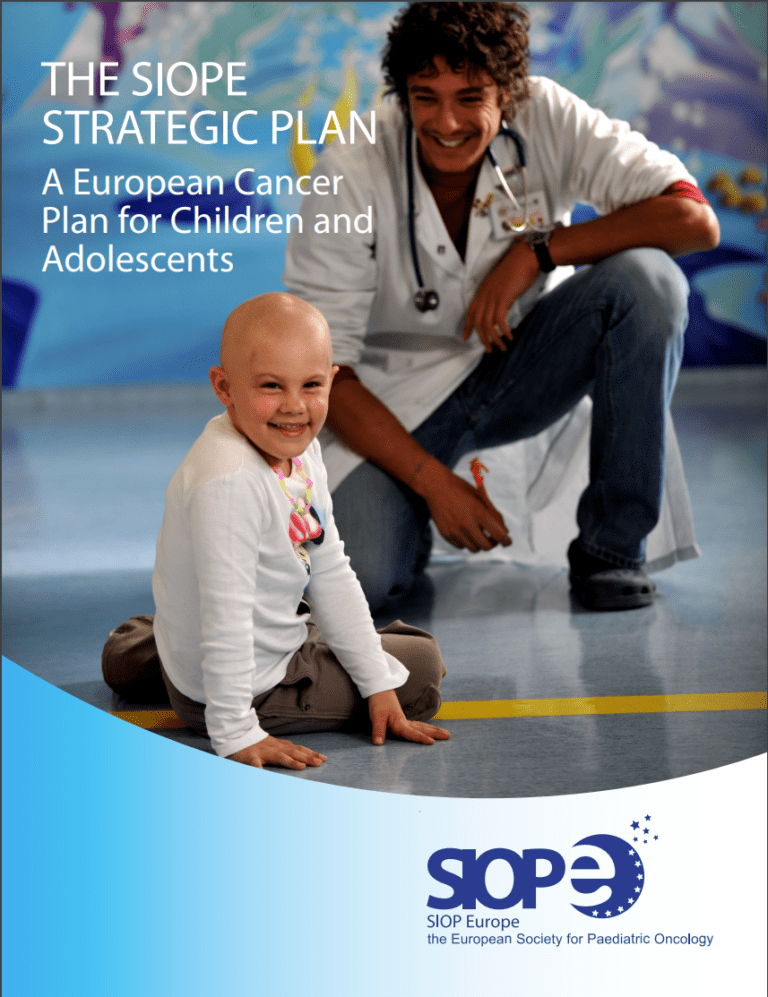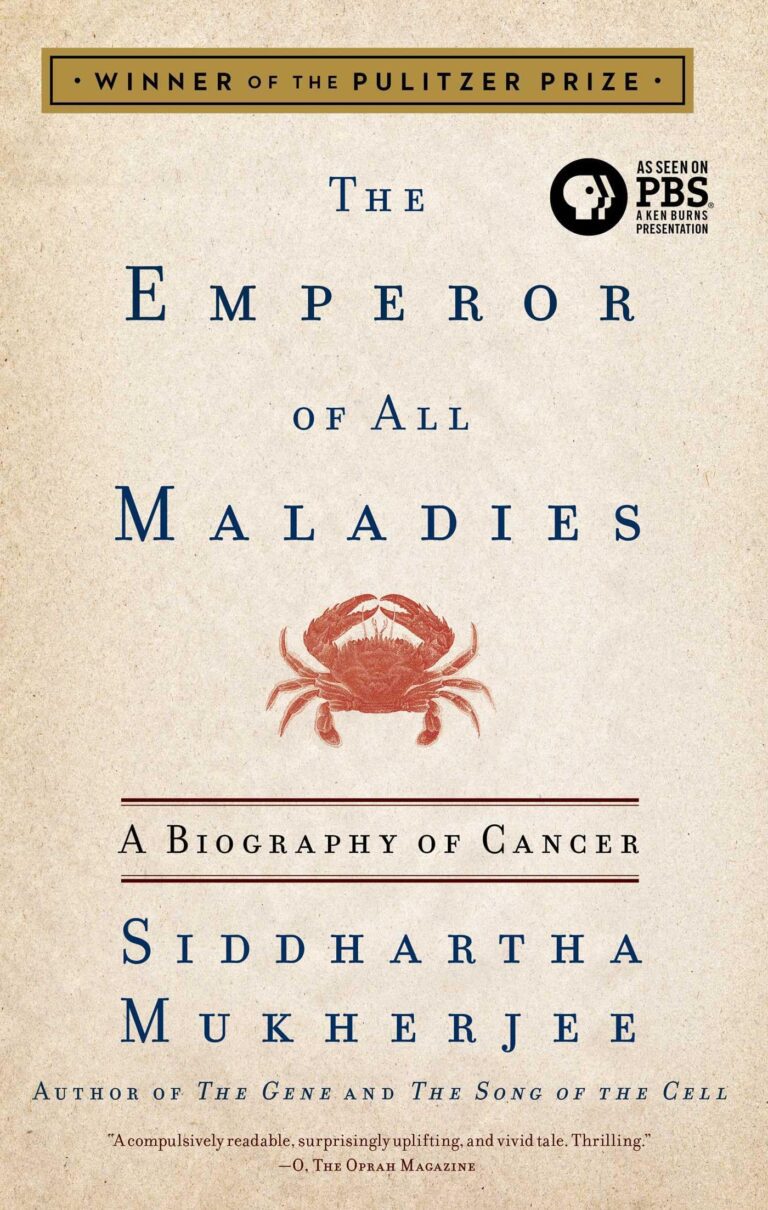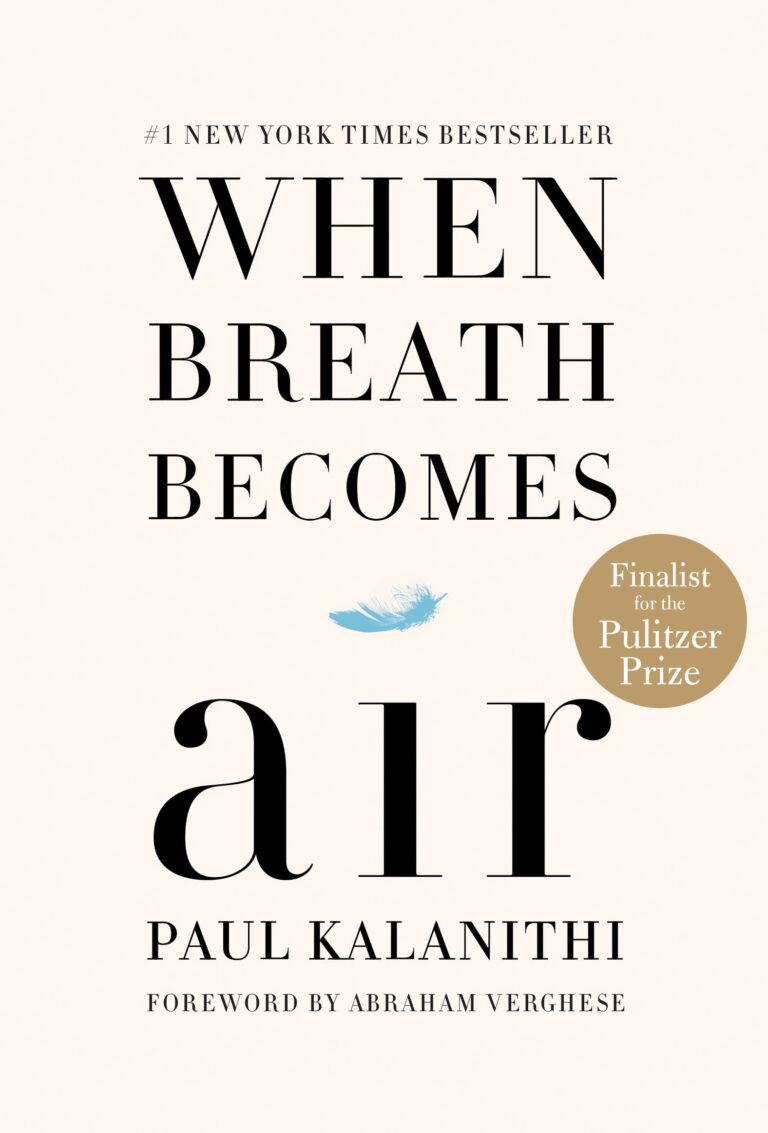
As the healthcare industry continues to evolve, innovative therapeutic strategies are steadily emerging into the spotlight. Among these promising treatments is Photodynamic Therapy (PDT), a procedure that bridges the gap between medicine and technology. This article aims to delve into the depth of PDT, our focus lying on its historical journey, procedural approach, applications, and potential for the future.
Understanding Therapy Treatments
Therapy treatments are a cornerstone in the field of medicine, offering solutions for various health conditions – be it physical, psychological, or chronic diseases. From physical therapy and psychotherapy to radiation therapy in cancer – the repertoire is extensive, each bearing its own significance.
Particularly in the field of medicine, these therapies are crucial. They aid the healing process, manage symptoms, enhance quality of life, and even cure certain conditions, reinforcing their unquestionable significance.
Definition and Explanation of Photodynamic Therapy
Photodynamic Therapy (PDT) stands as a non-invasive treatment method that utilizes light and a photosensitizing chemical substance to destroy harmful cells. It involves the application of a photosensitizer to the target area, which is then activated by a specific light wavelength, resulting in a form of oxygen that kills the cells.
The science behind PDT is remarkable, centering on the principle of photochemistry. The photosensitizer, when subjected to appropriate light, absorbs photons and transfers the energy to neighboring molecular oxygen. This process generates a highly reactive form of oxygen (singlet oxygen), which in turn, destroys the pathological cells.
Historical Overview of Photodynamic Therapy
Emerging in the early 19th century, PDT was discovered when light exposure was found to eliminate tumors in patients who were given acridine orange, a dye compound. However, it was not until the late 20th century that PDT began gaining recognition due to advancements in technology and chemistry that improved its effectiveness and safety.
The evolution of PDT revolving around its photosensitizers and light-delivery systems has subsequently led to better patient outcomes. With the development of newer-generation photosensitizers and sophisticated laser systems, PDT has now become a preferred treatment option for various medical conditions.
The Process of Photodynamic Therapy
Before the Procedure
Before the procedure, the doctor would thoroughly review the patient’s medical history and perform a physical examination. The photosensitizing agent would then be administered via injection or applied topically, depending on the nature of the condition. It’s crucial for the patient to avoid sun exposure to reduce the risk of skin reactions.
During the Procedure
During PDT, the target area gets exposed to a specific light. The light exposure activates the photosensitizing agent, which subsequently reacts with oxygen to form a substance that kills the cells. This procedure may last from a few minutes to over an hour, depending on the size and location of the treatment area.
After the Procedure
Post-PDT, the patient must avoid direct sunlight and bright indoor light for at least 48 hours, or as suggested by the doctor since the skin remains sensitive to light. Regular follow-up appointments are necessary for monitoring the treatment’s effectiveness and managing any side effects.
Applications and Effectiveness of Photodynamic Therapy
PDT has shown high success rates, especially in the treatment of many skin conditions and specific types of cancers. Research shows that PDT can effectively treat Actinic keratosis, certain types of skin cancer, and age-related macular degeneration.
Effectiveness varies based on the type and location of the condition, the light source, and the photosensitizer used. On an overall scale, PDT has flaunted impressively improved prognoses and quality of life.
Get to know us better
If you are reading this, you are in the right place – we do not care who you are and what you do, press the button and follow discussions live

Benefits and Limitations of Photodynamic Therapy
The advantages of PDT are many, one of which includes its non-invasive nature combined with reduced side-effects as compared to conventional treatments like radiation. PDT selectively targets harmful cells, thereby minimizing damage to healthy tissues. The procedure is often painless and leaves minimal scarring. Moreover, PDT can be repeated multiple times at the same site if needed, enhancing its appeal.
On the flip side, PDT has its limitations. It may cause light sensitivity reactions, swelling, and changes in skin color. The therapy’s effectiveness also reduces for larger tumors as light may not penetrate deeper tissues. Also, it may not be effective against metastatic cancer.
The Future of Photodynamic Therapy
Recent research evidence underlines the promising role of PDT in treating antibiotic-resistant bacterial infections, lending optimism to future prospects. Furthermore, current research trends hint towards harnessing nanoparticles for better photosensitizer delivery, emphasizing its wide unexplored potential.
Based on the remarkable strides made so far and the current research scenario, predictions strongly suggest that the future of PDT holds substantial promise in managing a wider range of medical conditions with enhanced effectiveness.
Conclusion
Photodynamic Therapy, a convergence of light and medicine, continues to revolutionize the healthcare sphere. From understanding its underlying principle to traversing its historical pathways, assessing its procedural methodology, and analyzing its effectiveness and applications, we’ve virtually embarked on a comprehensive tour of PDT.
Despite its limitations, the future of PDT beams with untapped potential and opportunities. As research unfolds, the horizon of PDT is expected to expand further, steering the healthcare field towards a promising future.
Frequently Asked Questions
- What health conditions can be treated using Photodynamic therapy?
Photodynamic therapy can be used to treat various conditions like Actinic keratosis, certain types of skin cancer, and age-related macular degeneration. More research is being conducted to expand its scope.
- How long does a Photodynamic therapy procedure take?
The procedure can last from a few minutes to over an hour, depending on the size and location of the treatment area.
- Are there any side effects or risks involved in Photodynamic therapy?
Yes, PDT may cause light sensitivity reactions, swelling, changes in skin color, and, in rare cases, skin burns. The effectiveness also reduces for larger tumors as light may not penetrate deeper tissues.
- How effective is Photodynamic therapy as compared to other similar therapies?
Clinical trials have demonstrated high success rates for PDT, with the added benefits of reduced side effects and less damage to healthy tissues. Effectiveness, however, depends on the type and location of the condition, the light source, and the photosensitizer used.
- How can a patient prepare for Photodynamic therapy?
Patients should avoid sun exposure before PDT as it can cause severe skin reactions. They should continue avoiding light even post-procedure until the photosensitizer effect wears off.

















Comments
Thank you. Comment sent for approval.
Something is wrong, try again later